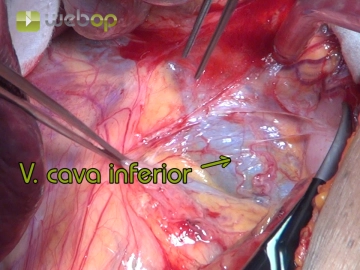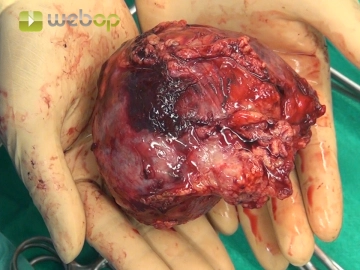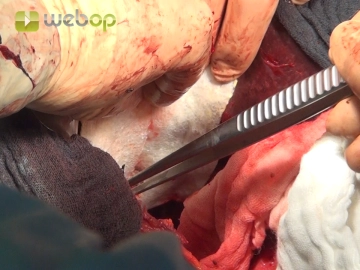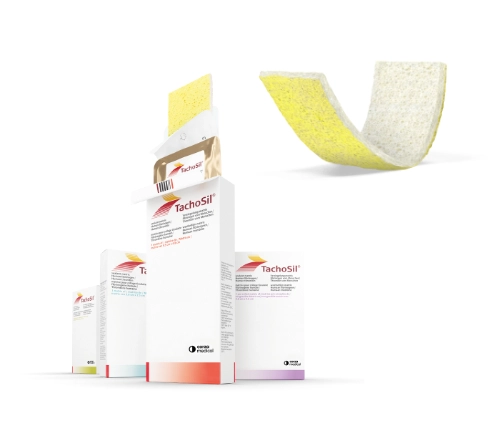Transverse right laparotomy at the level of the umbilicus. After transecting the right rectus muscle with bipolar scissors and opening the peritoneum extend the incision in the midline to the xyphoid process. Explore the intestinal organs to rule out other metastases and confirm resectability.
Active local hemostasis and sealing
TachoSil® Versiegelungsmatrix
TachoSil® is used in adults and children from 1 month of age as supportive treatment in surgery for improving hemostasis, for supporting tissue sealing, and for suture support in vascular surgery when standard techniques are insufficient. TachoSil® is used in adults for supportive sealing of the dura mater to prevent postoperative cerebrospinal fluid leakage after neurosurgical procedures.
Produktwebsite TachoSil®
TachoSil® Prescribing Information 05-2025 (354.1 kB)











